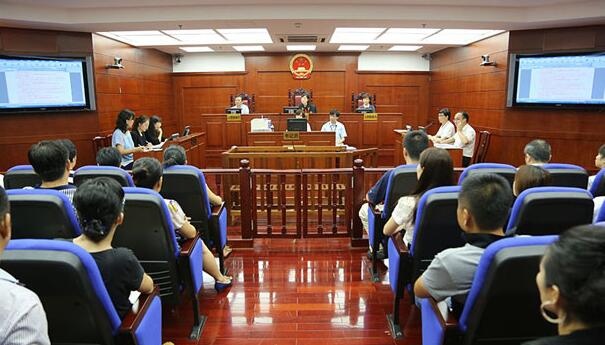
Event review: The Shenzhen Metro female passengers’ sudden death case was followed by the Futian Court on November 26. The court found that the defendant Shenzhen Metro Group had certain responsibility for the death result, and the liability ratio was determined to be 30% as appropriate. The defendant emergency center did not have any fault in performing its duties, and did not need to bear the corresponding liability for compensation. The plaintiff He Moumou and Liang Moumou had more than 310,000 yuan and rejected the other plaintiff’s other claims.
The Shenzhen Metro female passengers were seriously concerned, and the first-instance judgment was made by the Futian Court on November 26. The court found that the defendant Shenzhen Metro Group had certain responsibility for the death result, and the liability ratio was determined to be 30% as appropriate. The defendant emergency center did not have any fault in performing its duties, and did not need to bear the corresponding liability for compensation. The plaintiff He Moumou and Liang Moumou had more than 310,000 yuan and rejected the other plaintiff’s other claims.
Although the sudden death is mainly caused by people's own physical reasons, due to the failure of the subway staff to fulfill the responsibility of timely assistance, the valuable rescue time may be delayed, and there is a certain cause and effect for the death of the passengers. The relationship is faulty, and the court has discretionaryly ordered the subway party to bear the corresponding civil liability for compensation.
The responsibility of the subway staff for timely assistance to passengers is based on the safety and security obligations of the subway operator to passengers. This security guarantee obligation means that the security of the person and property of the right holder should be guaranteed in a specific service place, and the obligor should perform corresponding positive or negative non-obligation obligations for the safety of such person and property.
Civil activities adhere to the principle of honesty and fairness, and social activities pay attention to safety and attention obligations. This is the legal basis for the operator's security obligations. In 2003, the Supreme Court’s Interpretation of Several Issues Concerning the Application of Laws in the Trial of Personal Injury Compensation Cases, for the first time, clearly defined the operator’s safety and security obligations, including the scope of obligations and the limits of responsibility, in the form of judicial interpretation. In the business premises, the operator shall undertake the safety guarantee obligation for the personal and property safety of consumers, potential consumers or other persons entering the service place to ensure a safe consumption environment for consumers. In terms of hardware, operators must ensure the safety of the building structure, fire-fighting facilities, elevator equipment, etc. and the reasonable allocation of security personnel; in terms of software, operators must do security measures, safety guidance, and assistance.
In addition, the operator’s security obligations are also scattered in some legal provisions. For example, Article 7 of the Consumer Law stipulates: “Consumers have the right to protect their personal and property from damage when purchasing goods and receiving services.” Article 10 of the Railway Law stipulates: “Railroad enterprises shall guarantee the transportation of passengers and goods. Security, ..." Article 60 of the Contract Law stipulates: "The parties shall follow the principle of good faith, and perform the obligations of notification, assistance, confidentiality, etc. according to the nature, purpose and trading habits of the contract."
"Shenzhen Metro Passenger Casualty Treatment Regulations" stipulates: "Severe injuries (if there are large wounds bleeding, coma, etc.) should immediately call 120 emergency calls to the nearest The hospital, and timely informed the subway public security intervention investigation.
Passengers and the subway are passenger contractual relationships. As operators, the subway has a reasonable range of protection for the personal and property of passengers who are consumers and service providers. The obligation to protect is not only the prevention and elimination of danger beforehand, but also the reasonable rescue after the event.



